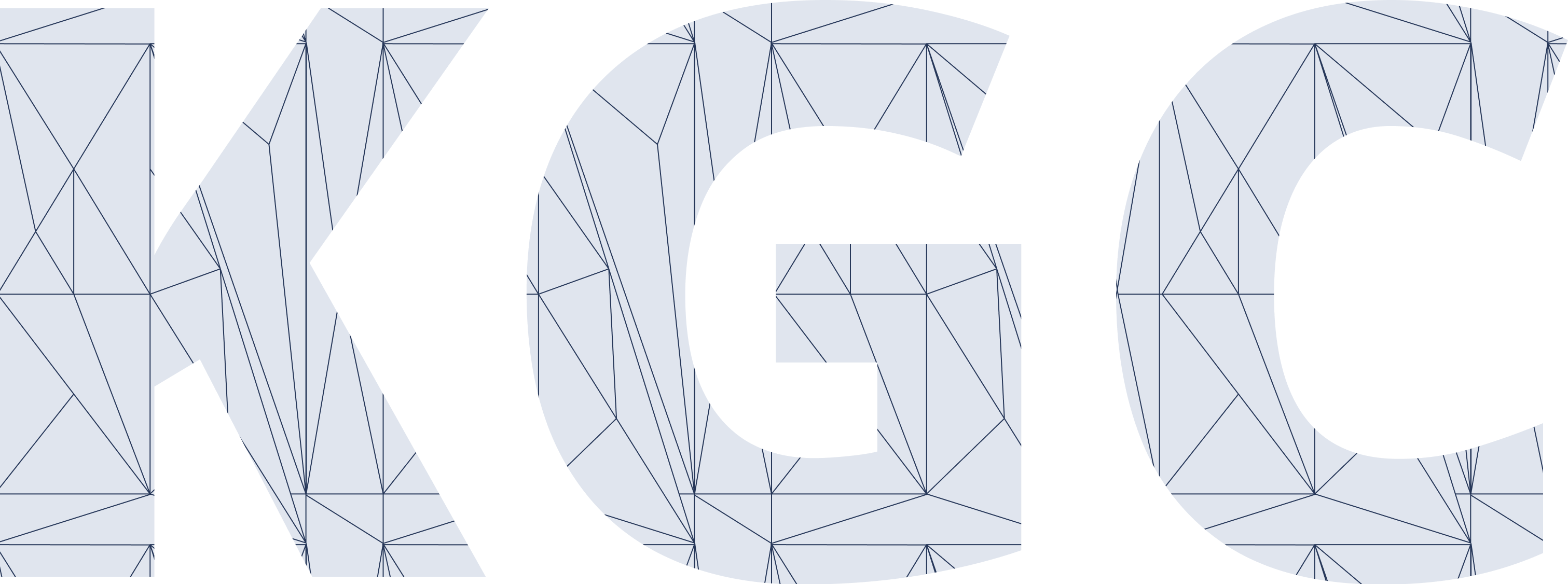Eric Little
Accenture Life Sciences
Industry Innovation Principal Director
Biography
Eric Little is a globally-focused Industry Innovation Principal
Director at Accenture Life Sciences. Eric has a dual PhD in
Philosophy & Cognitive Neuroscience & post-doc in
Industrial Engineering from Univ. at Buffalo. He is a
world-recognized expert & thought leader in semantics, big
data, data fusion, data modeling, & analytics/AI. He has
held various academic positions at several colleges &
universities. Since 2009, he has worked full-time in industry
for a variety of large-scale clients in pharma, medical
device, oil & gas, healthcare, manufacturing, & national
defense. He has numerous professional publications in
these areas, has been featured in multiple industry and
technology publications, and is a well-known speaker at
global conferences. Before coming to Accenture, Eric
co-founded and was CEO of LeapAnalysis, the world’s first
fully virtualized semantic search & analytics engine, which
was named the #3 Most Innovative Data Science Company
In The World by Fast Company Magazine in early 2021. He
also was named Most Innovative CEO by Global CEO
Magazine. He has 2 patents on semantic big data and
analytics approaches for cloud-scale computing.
Talks and Events
2022 Talk: Combining Knowledge Graphs with Probabilistic Graphs for Advanced Search & Reasoning in Clinical Trials Applications
This talk will showcase ways that Accenture Life Sciences are designing and building knowledge graphs,
combined with statistical probabilistic graphs for use in life sciences applications, particularly in the area
of clinical trials. We will discuss the ways in which knowledge graphs are used to semantically model
metadata for use in organizing various types of data from different data sources. The metadata models
are utilized to execute semantic search capabilities so that contextual targeted data sets can be
retrieved for users, matching specific patterns of interest. In this case the KG is used to define entities,
attributes & relationships as logical relationships – focusing on what the data is, where the data is and
how to effectively retrieve it for complex queries. Reasoning is then done in probabilistic graph
structures layered on top such that the semantic graph structures to provide powerful & scalable
capabilities for advanced computations, probabilities, and fuzzy matching. A 3 rd layer of graphs are
added on to calculate statistical optimizations of those analytics. This approach reduces strain on the KG
because all compute steps are done in non-semantic graphs which are more computationally tractable
and perform best in enterprise applications.
Attendees will learn:
– About different kinds of graph structures that can provide advantages for different methods of
integration and computation
– Methods for combining graph structures of different types (logical vs statistical)
– Methods for layering graphs for improved performance & scalability
– Select applications of this approach currently in development at Accenture to bring this
technology to life science clients working in the clinical trials space.

